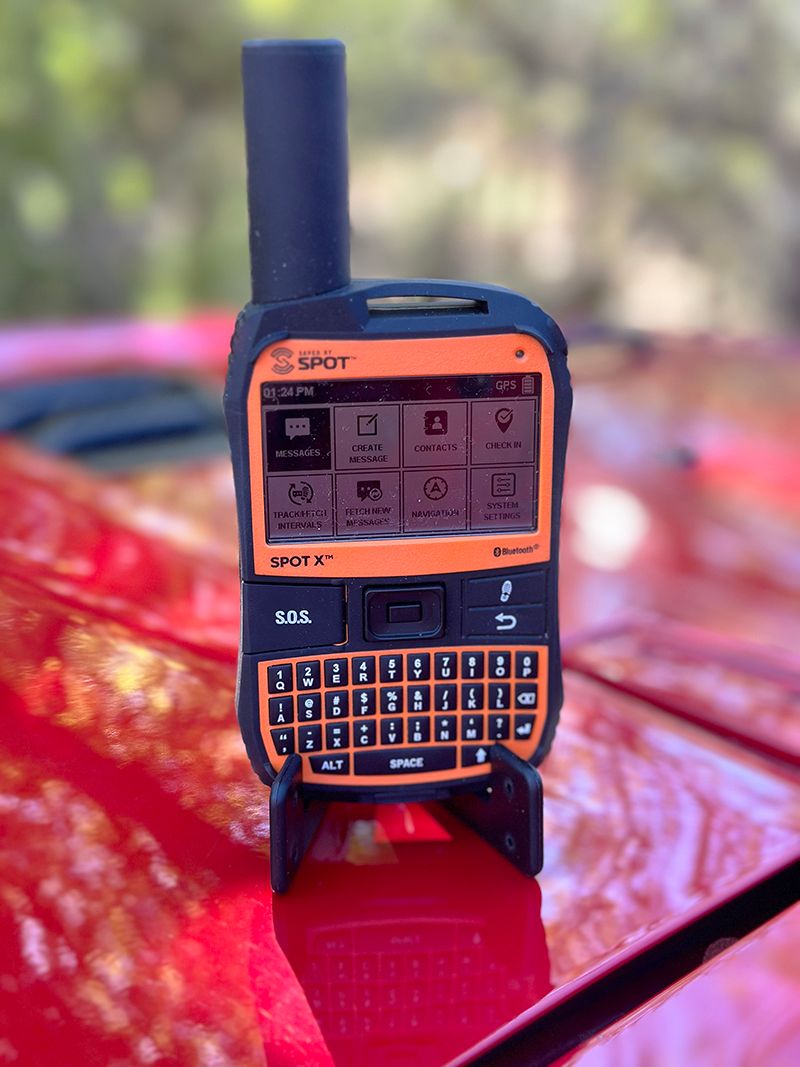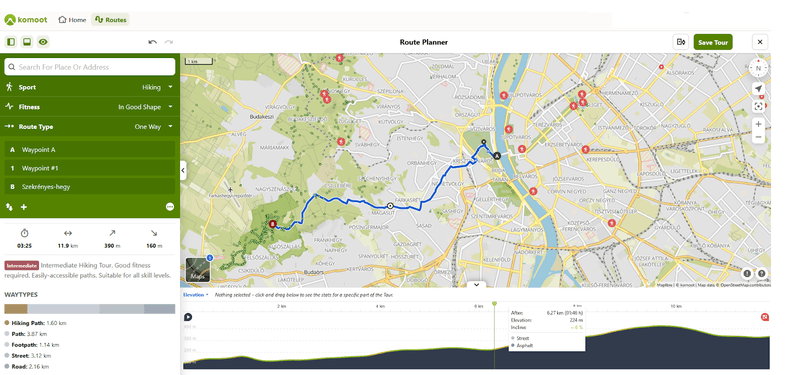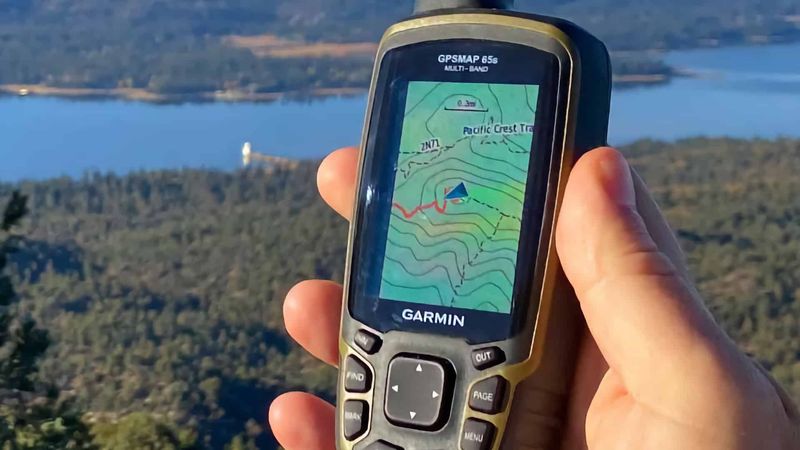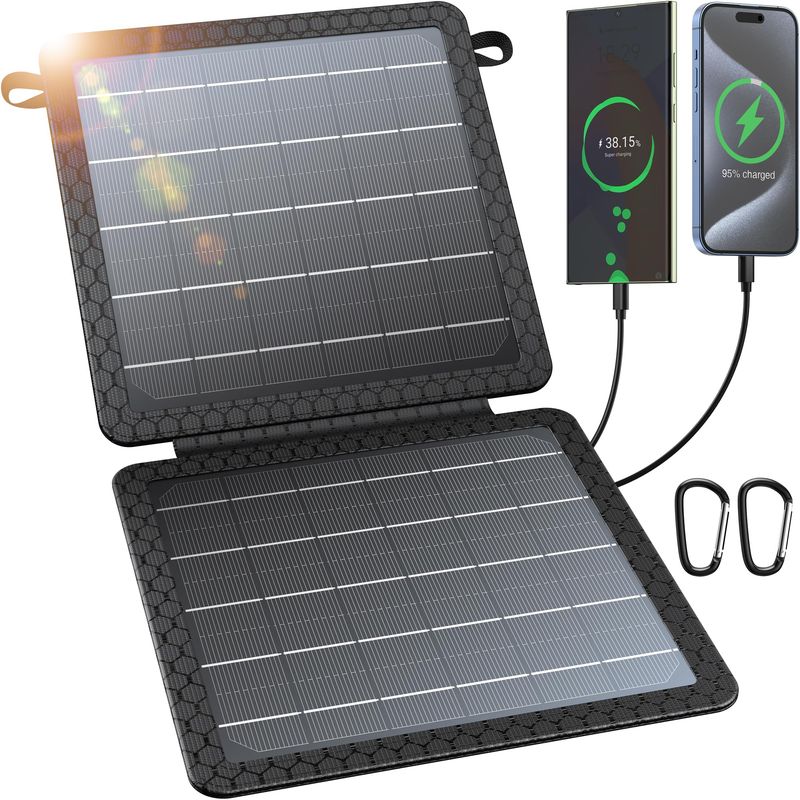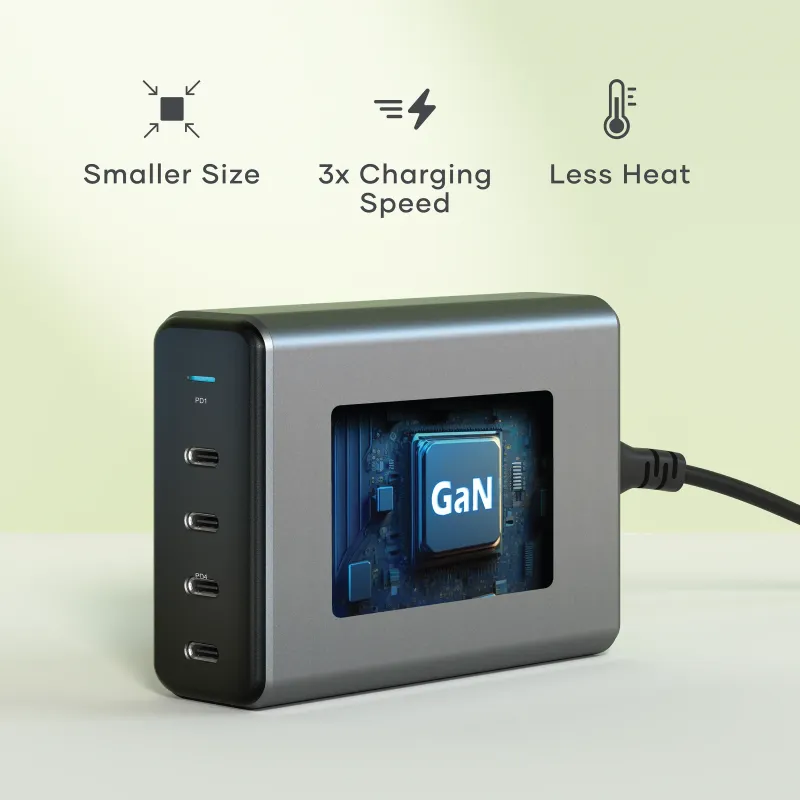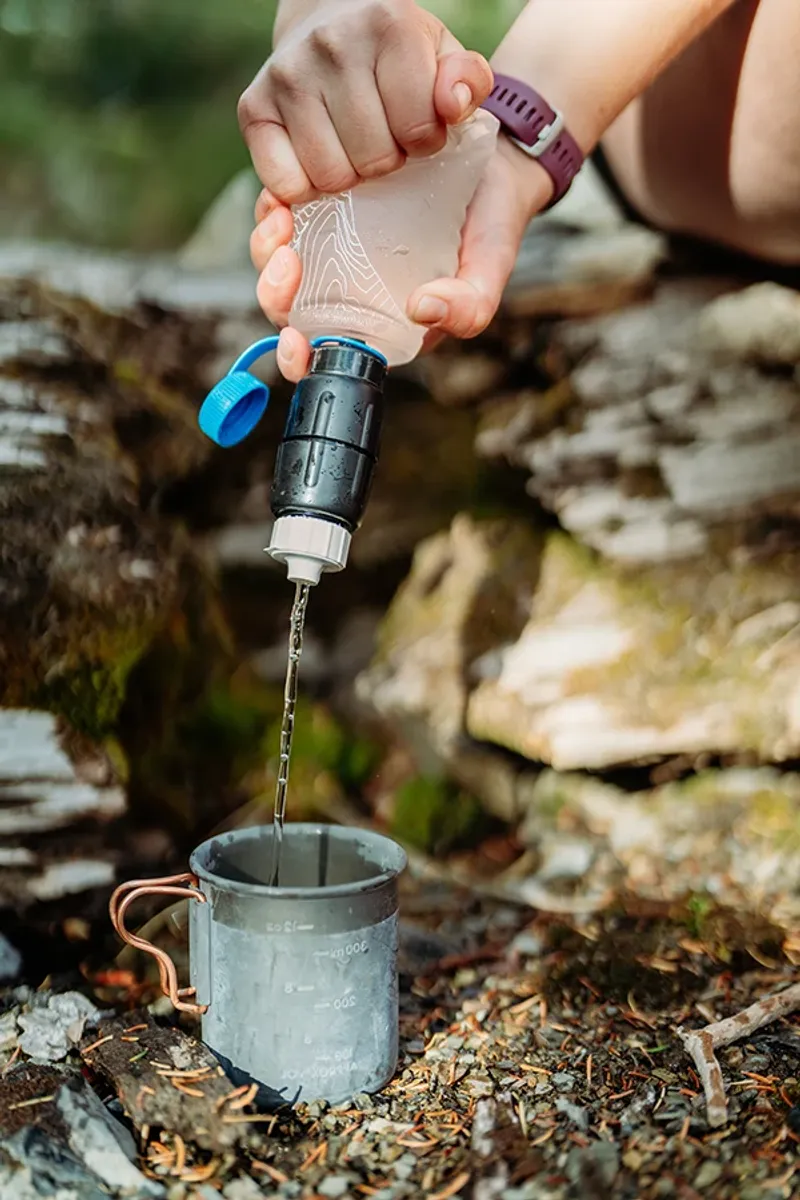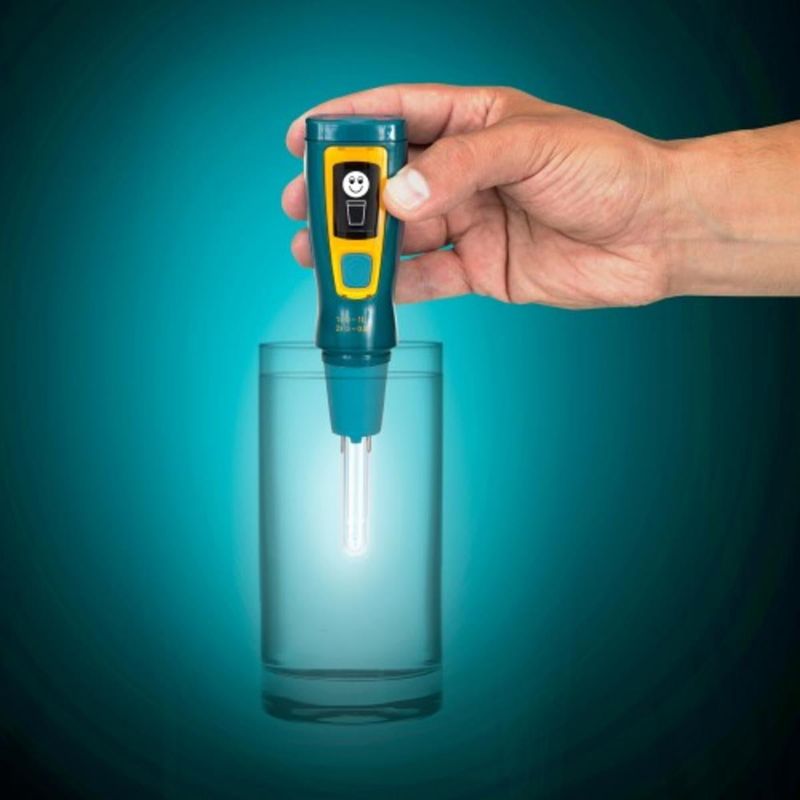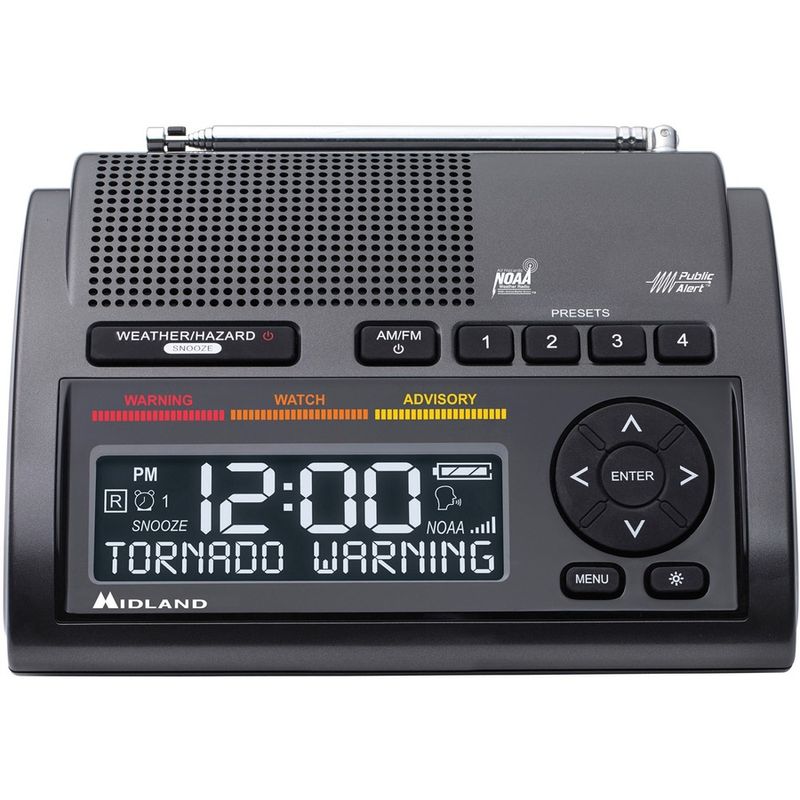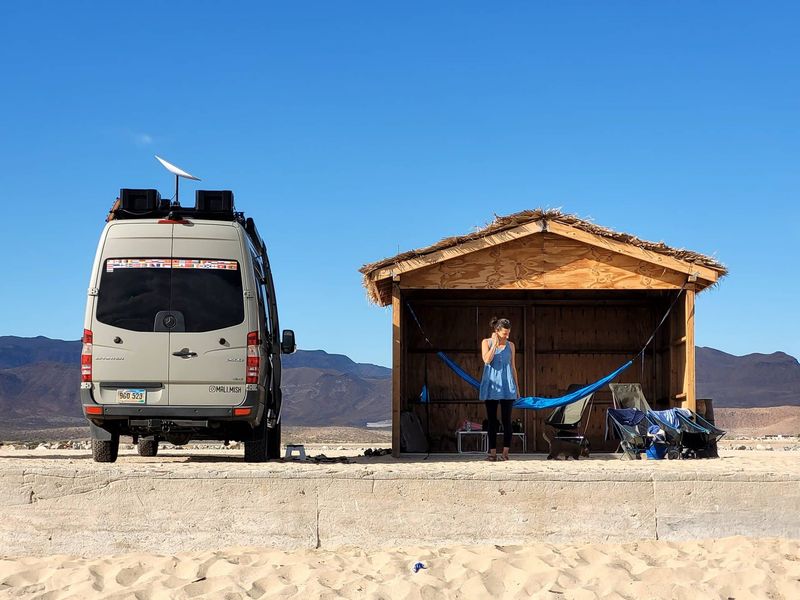Venturing beyond cell towers and power outlets doesn’t mean leaving safety and convenience behind. Modern technology has transformed remote travel, offering tools that work independently of traditional infrastructure. Whether you’re backpacking through wilderness, overlanding across deserts, or camping in backcountry, the right gear keeps you connected to rescue services, helps you navigate confidently, and powers essential devices when you need them most.
1. Personal Locator Beacon (PLB)
When everything goes wrong miles from help, a 406 MHz Personal Locator Beacon becomes your lifeline to global rescue satellites. Activating one sends your GPS coordinates straight to the Cospas-Sarsat satellite network, which alerts search and rescue teams worldwide.
Responders can also track the 121.5 MHz homing signal to pinpoint your exact location. The ACR ResQLink series exemplifies this technology with reliable performance in extreme conditions.
What sets PLBs apart is their independence: no monthly fees, no subscription plans, just one-time purchase protection that works anywhere on Earth. Serious adventurers often consider this their most critical electronic safety device because it functions when all other communication fails.
2. Two-Way Satellite Messenger
Devices like the Garmin inReach Mini 2 use the Iridium satellite constellation to provide true global coverage, enabling text exchanges, location sharing, and interactive emergency response through Garmin Response.
Unlike one-way distress beacons, these messengers let you update responders about changing conditions or medical status during an incident. You can also send routine check-ins to worried family members or adjust pickup locations with support teams.
Many experienced hikers pack both a PLB and a satellite messenger for redundancy, giving them multiple pathways to summon help if one device fails or gets damaged.
3. Offline Maps App
Cell service vanishes fast once you leave pavement, but your phone’s navigation abilities don’t have to disappear with it. Apps like Gaia GPS let you download detailed map tiles before your trip, ensuring waypoints, tracks, and topographic layers work perfectly in airplane mode.
The critical step happens while you still have Wi-Fi: pre-downloading your entire route area. Skip this preparation and you’ll stare at blank screens when you need guidance most.
Offline maps transform your smartphone into a capable backcountry navigator without requiring cellular or data connections. They’re lightweight, always in your pocket, and cost nothing beyond the app subscription, making them essential for every wilderness traveler regardless of experience level.
4. Rugged Handheld GPS with Multi-Band GNSS
Smartphones struggle under thick forest canopy and in narrow canyons where satellites become scarce. Dedicated GPS receivers like the Garmin GPSMAP 67 solve this problem with multi-band GNSS technology that tracks signals from GPS, GLONASS, Galileo, and other satellite systems simultaneously.
This redundancy delivers far more accurate positioning in challenging terrain. Garmin claims up to 180 hours of battery life in GPS mode, though independent testers report 130 to 140 hours with multi-band tracking enabled.
Either way, that runtime crushes smartphone batteries. Rugged construction, physical buttons that work with gloves, and screens readable in bright sunlight make these units indispensable for serious navigation in remote areas.
5. Portable Power Station with LFP Chemistry
Think of a portable power station as a silent generator that needs no gasoline. Units around 1 kilowatt-hour capacity from brands like EcoFlow, Jackery, Anker, and Bluetti can run camp lights, recharge phones and drones, power Wi-Fi gear, and even operate small refrigerators for days.
Lithium iron phosphate (LFP) chemistry offers longer lifespan and better safety than older lithium-ion batteries. Most models accept solar panel input, letting you recharge from sunshine alone during extended trips.
Recent 2025 testing compares capacity, inverter output quality, and recharge speed across dozens of models. For vehicle-based camping or remote work setups, these stations eliminate the noise, fumes, and maintenance of traditional generators while providing clean power for all your devices.
6. Foldable Solar Panel Charger
Sunlight becomes your electrical outlet when you pair foldable solar panels with power stations or banks. Larger 60 to 200-watt panels work beautifully with power stations at base camp, while compact 10 to 28-watt models fit in backpacks for trekking.
REI’s solar guide explains the differences between monocrystalline and polycrystalline cells, realistic output expectations on cloudy days, and how to calculate wattage needs for your specific devices. Panel efficiency matters less than total surface area for most camping applications.
Position panels perpendicular to the sun and keep them clean for maximum output. Solar charging demands patience compared to wall outlets, but it provides genuine energy independence in remote locations where grid power simply doesn’t exist.
7. High-Capacity Power Bank
Flying to your trailhead introduces specific battery rules you must follow. The TSA requires spare lithium-ion batteries and power banks to travel in carry-on luggage only, never in checked bags.
Power banks under 100 watt-hours need no special approval, while 101 to 160 watt-hour units generally require airline permission. Calculate watt-hours by multiplying voltage times amp-hours; most manufacturers print this specification on the device.
Pack your power bank where you can access it during security screening. For multi-day treks without solar, high-capacity banks (20,000 to 27,000 milliamp-hours) can recharge phones, GPS units, and headlamps multiple times, keeping your essential electronics alive when outlets are days away.
8. USB-C PD GaN Wall Charger with Quality Cables
One well-designed charger can replace the tangle of proprietary adapters cluttering your gear bag. Multi-port USB-C Power Delivery chargers using gallium nitride (GaN) technology pack laptop-level charging power into pocket-sized packages.
A single 65 to 100-watt GaN charger can fast-charge phones, tablets, modern headlamps, and even many laptops simultaneously. The USB Implementers Forum publishes the official Power Delivery specifications, while the European Union’s common-charger regulations have pushed USB-C adoption globally.
This standardization means better interoperability across all your devices. Invest in quality cables rated for the power levels you need; cheap cables cause slow charging, overheating, and sometimes device damage. Proper cables and one good charger simplify your charging setup dramatically.
9. Rechargeable Headlamp with USB-C
Hands-free lighting transforms every camp task after sunset, from cooking to reading maps to midnight bathroom trips. Modern rechargeable headlamps in the 300 to 600-lumen range provide excellent brightness without excessive battery drain.
Look for models offering both flood beams for close work and spot beams for distance viewing. Red light modes preserve your night vision while providing enough illumination for moving around camp without blinding tent mates.
USB-C charging eliminates proprietary cables and integrates your headlamp into your unified charging system. REI’s headlamp guide breaks down how lumens, beam distance, and runtime specifications relate to real-world performance, helping you choose the right balance for your activities rather than just chasing maximum brightness numbers.
10. Squeeze Water Filter
Hollow-fiber filters like the Sawyer Squeeze and Micro Squeeze offer remarkably simple water treatment. Their 0.1-micrometer absolute pore size physically blocks bacteria and protozoa including Giardia and Cryptosporidium, the common culprits behind wilderness diarrhea.
Squeeze the filter-equipped pouch and safe water flows into your bottle or hydration bladder. The critical limitation: these filters do not remove viruses, which are smaller than the pore size.
In North American backcountry, viral contamination is rare enough that most hikers accept this limitation. International travelers and those in areas with human fecal contamination should add viral protection through purification tablets or UV treatment. Proper backflushing maintains filter performance across hundreds of liters.
11. UV Water Purifier
Ultraviolet-C light scrambles the DNA of waterborne pathogens, inactivating viruses, bacteria, and protozoa without chemicals or waiting. Devices like SteriPEN and Katadyn units treat a liter in about 90 seconds by stirring the UV lamp through the water.
This technology works brilliantly in clear water but struggles with murky sources where particles block UV rays. Pre-filter turbid water through a bandana or coffee filter before UV treatment.
The CDC recommends combining treatment methods when boiling isn’t practical, and UV pairs perfectly with squeeze filters: the filter removes sediment and larger organisms while UV handles viruses. Carry spare batteries or choose rechargeable models that integrate with your USB charging system for reliable multi-day performance.
12. NOAA Weather Radio with SAME Alerts
Severe weather doesn’t pause just because you’re beyond cell coverage. In North America, a NOAA weather radio equipped with Specific Area Message Encoding (SAME) technology receives county-specific warnings and watches broadcast continuously by the National Weather Service.
Popular models like the Midland ER310 combine weather alerts with hand-crank and solar charging, built-in flashlight with SOS mode, and USB output to charge small devices in emergencies. SAME filtering prevents your radio from alarming for every county in broadcast range, only alerting for locations you’ve programmed.
This specificity means you’ll wake up for tornado warnings in your area but sleep through alerts 100 miles away. Weather radios provide critical advance notice of lightning, flash floods, and severe storms when you’re most vulnerable.
13. Satellite Internet for Vehicles and Remote Bases
Expedition vehicles, remote film crews, and extended backcountry camps can now access genuine high-speed internet through Starlink’s roaming plans and compact Mini dish. Low-latency connectivity lets you download detailed weather forecasts, access updated maps, video-call home, or handle remote work from locations that previously offered zero connectivity.
The system requires clear sky view and draws significant power, making it practical primarily for vehicle-based setups with robust electrical systems or large solar arrays. Coverage and regulations vary by country and region.
Verify service availability and local rules before your trip. While Starlink adds weight, cost, and power demands compared to simple satellite messengers, it provides unprecedented connectivity for operations requiring real internet access far beyond cellular networks.
14. Solar Inflatable Camp Lantern
Camp lanterns have evolved far beyond heavy battery-powered models. Solar inflatable lanterns like the MPOWERD Luci Outdoor series pack completely flat for travel, then inflate into waterproof (often IP67-rated) lights that illuminate entire tents or picnic areas.
The Luci Outdoor 2.0 runs through a full night and beyond on a single charge, then recharges in sunlight while you hike or explore during the day. Multiple brightness settings let you balance light output against battery life.
Weighing just a few ounces and costing less than a restaurant meal, these lanterns eliminate the need to carry extra batteries or fuel. Hang them from tent peaks, float them in pools, or use them as ambient lighting around camp without worrying about rain, drops, or running out of power.


